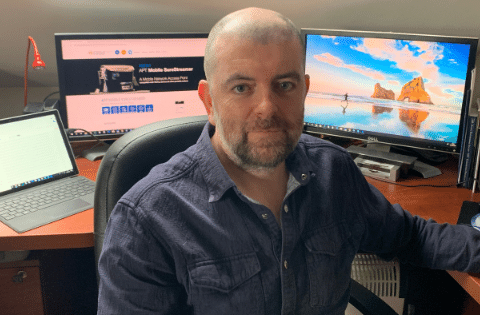- APT Range
- Software Audio/MPX over IP
- MPX over IP
- Audio over IP
- Secured IP transport
- Synchronized IP transport
- Ecreso Range
- FM Transmitters - AiO Series
- FM Transmitters
- Built-in Features
- Antenna Switch Controller
- AUDEMAT Range
- RDS Encoding
- Radio QoS/QoE Monitoring
- Test & Measurements
- Remote Control / Telemetry
- KYBIO Media
- Monitoring & Control Software


